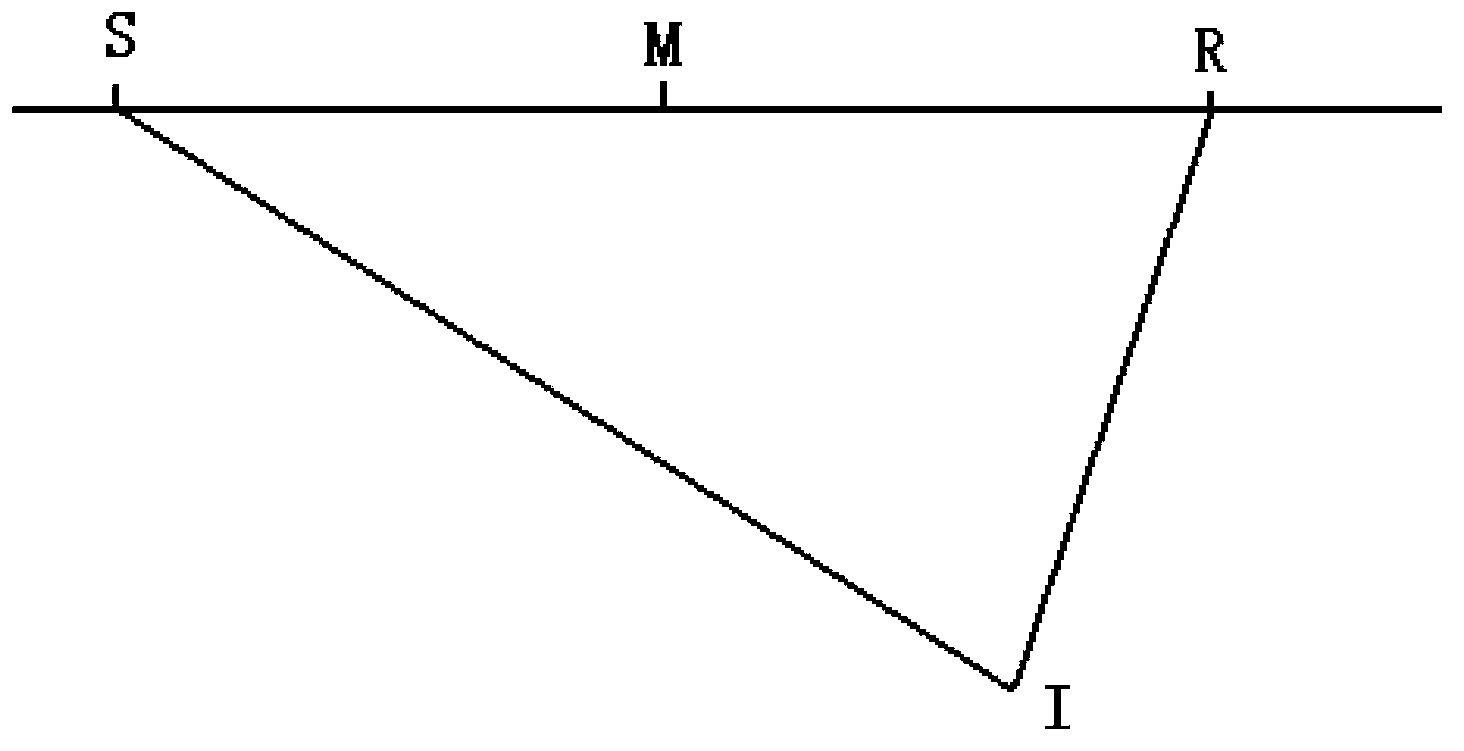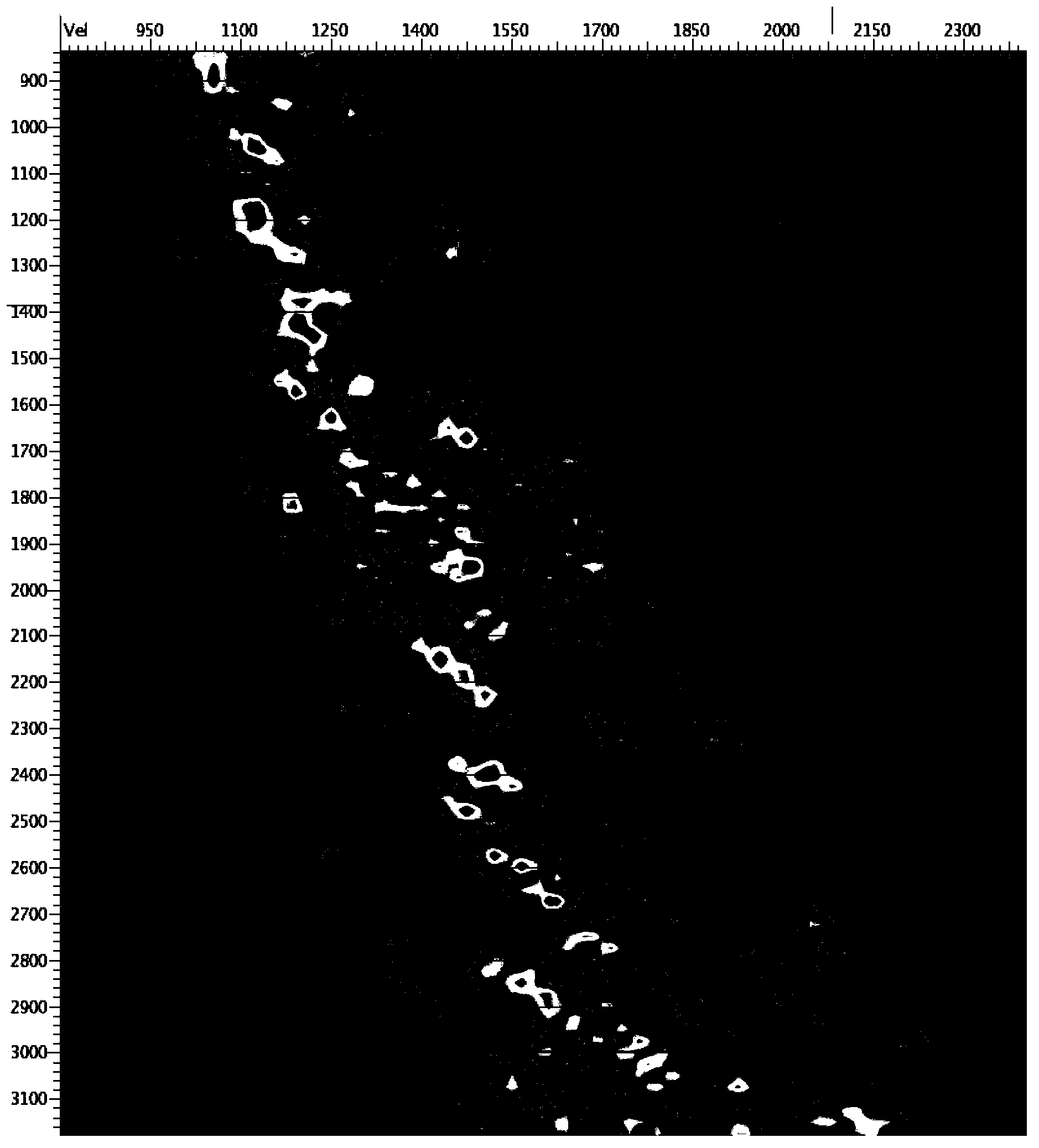Method for determining optimum velocity profile of converted-wave pre-stack time migration during seismic data processing process
A technology of time migration and optimal speed, applied in the field of petroleum geophysical exploration, can solve the problems of many processing steps, long period, difficult to achieve, etc., and achieve the effect of reducing the amount of calculation and improving the practicability.
- Summary
- Abstract
- Description
- Claims
- Application Information
AI Technical Summary
Benefits of technology
Problems solved by technology
Method used
Image
Examples
Embodiment Construction
[0031] The present invention will be described in detail below in conjunction with the accompanying drawings.
[0032] The specific implementation steps of the present invention are as follows:
[0033] 1) Artificially excite seismic longitudinal waves near the surface, and arrange three-component geophones on the surface to collect reflected converted wave seismic data, which carry information on underground geological conditions;
[0034] 2) Take the converted wave velocity that changes with the seismic wave reflection time (such as 500ms 1000m / s, 2000ms 1150m / s, 3000ms 1300m / s, 5000ms 1600m / s, etc.) Velocity intervals (such as 500ms 10m / s, 2000ms 12m / s, 3000ms 15m / s, 5000ms 20m / s, etc.) as the step size, based on the center velocity, minus one, two, three...speed intervals, plus One, two, three... Velocity intervals form a set of converted wave velocity functions that change with the seismic wave reflection time, use the P-wave velocity ratio parameter to obtain the corres...
PUM
 Login to View More
Login to View More Abstract
Description
Claims
Application Information
 Login to View More
Login to View More - R&D
- Intellectual Property
- Life Sciences
- Materials
- Tech Scout
- Unparalleled Data Quality
- Higher Quality Content
- 60% Fewer Hallucinations
Browse by: Latest US Patents, China's latest patents, Technical Efficacy Thesaurus, Application Domain, Technology Topic, Popular Technical Reports.
© 2025 PatSnap. All rights reserved.Legal|Privacy policy|Modern Slavery Act Transparency Statement|Sitemap|About US| Contact US: help@patsnap.com



